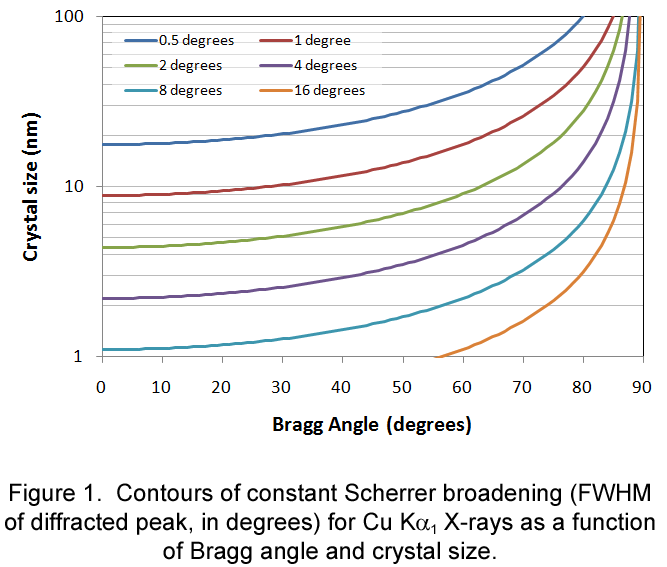Digital Electron Diffraction
'Digital' electron diffraction - the use of computer control to automatically collect diffraction datasets on a transmission electron microscope (TEM) - allows us to obtain very rich datasets which in the past would have required specialised hardware or an enormous amount of time to collect.
This is exciting because there are plenty of problems in transmission electron microscopy which have remained unsolved for many years, and our aim is to use these new types of diffraction pattern as a route to solve them. Some examples are in the associated webpages. See the thesis of Alex Hubert for details.
- D-LACBED: large angle convergent beam patterns collected by digital control of incident beam tilt
- Use of D-LACBED patterns to determine crystal symmetry
- Use of D-LACBED patterns to determine crystal structure (quantitative D-LACBED)
- Large dynamic range diffraction patterns
- Use of large dynamic range diffraction patterns for amorphous materials - radial distribution functions
Most of the computer control is achieved though the use of Digital MicrographTM scripts.
Electron diffraction has advantages over X-ray diffraction for things which are very small - of the order of a few nm, or tens of nm in size. This is because the peaks in an X-ray diffraction pattern become smeared out (broadened) since the scatterer has a similar size to the X-ray wavelength. The effect is known as Scherrer broadening and increases with the scattering angle, as shown below.

